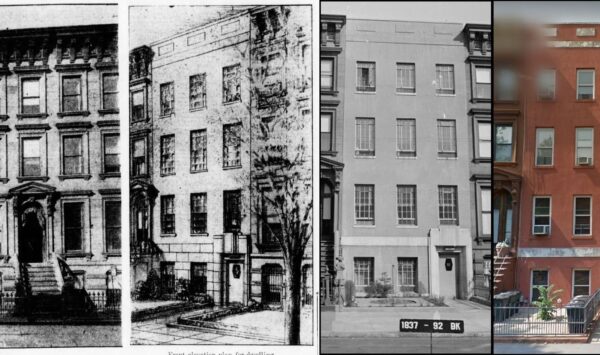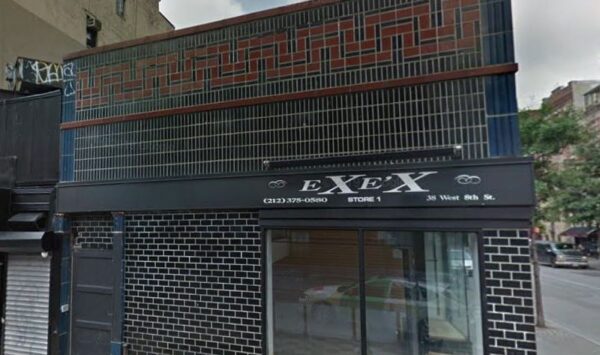THE PLAN TO SEGREGATE BED-STUY (1937)

******************************************************************************************************************************** Brownstone Detectives investigates the history of our clients’ homes. The story you are about to read was composed from research conducted in the course of one of those investigations. Do you know the history of YOUR house? ******************************************************************************************************************************** In 1937, much of Brooklyn’s brownstone stock was reaching its limits. Its townhouses were, on average, approximately 50 years old and, in the eyes of many residents and brokers, outmoded of interior and unattractive of exterior. In fact, residents of certain sections of Brooklyn were beginning to move out of the older sections with the ancient brownstones, in favor of the newly constructed apartment buildings – or simply to other outlying sections of the borough. There were those residents, however, who felt that they saw a bigger problem, an over-arching trend that, unchecked, had the potential to destroy investment, send house values spiraling downward, and force them to move out of a community where they – and their families – had lived for generations. For these residents, the problem fell less into the category of an ageing housing stock than into that of the lot of outsiders – those of a different economic class, certainly those of a different race – who were already beginning to move into them. The problem of the outdated housing stock, while real, was not the sole impetus to modernize. Rather, that incentive came from a fear of an undesirable population that must, at all costs, be kept at bay. It was, thus, that a move […]
THE “TAXPAYER” COMETH (1930s)

******************************************************************************************************************************** Brownstone Detectives investigates the history of our clients’ homes. The story you are about to read was composed from research conducted in the course of one of those investigations. Do you know the history of YOUR house? ******************************************************************************************************************************** We all know what a brownstone looks like. But, do you know what a “TAXPAYER” is? Most would consider the term a reference to a person who “gives to Caesar what is Caesar’s.” While that is true, we are referring to a type of building that was labelled with the term almost 100 years ago in the wake of the Depression. AN ECONOMICALLY-DRIVEN ARCHITECTURAL STYLE Shortly after the start of the Depression, as larger structures (apartments, flats, &c.) did not bring the return on investment during this period, New York City land owners often built temporary 1- or 2-story buildings on their lots to cover their property tax. They would rent the low-rise properties to business owners who would operate their businesses out of the structures, collect rent from the one resident, and pay the taxes. Always meant to be temporary until the end of the Depression, it was always the idea that property owners would demolish their taxpayers at the end of the bad economic times – to be replaced with multi-story structures that would bring in higher rent rolls. Not all of them were destroyed, however, and thousands can be seen throughout New York City today. Follow @BrownstoneDetec Share ———————————————————————————————————————– The Brownstone Detectives Brownstone Detectives is an historic property […]